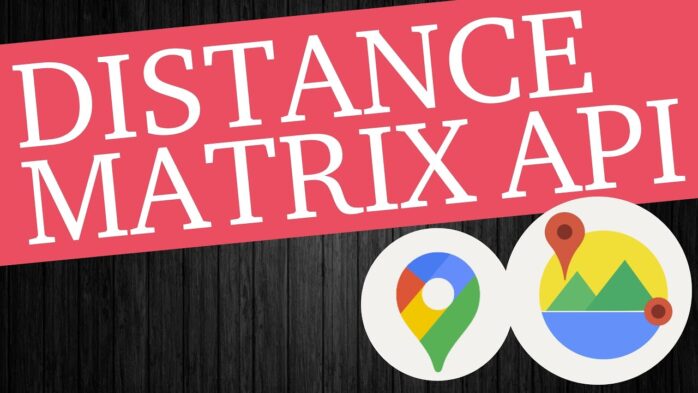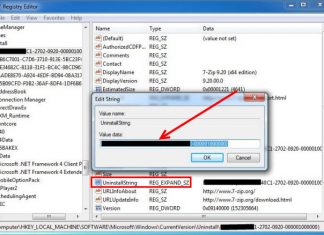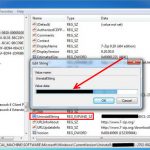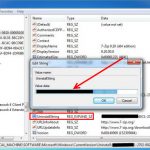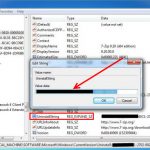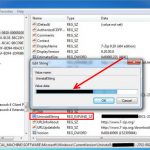The Distance Matrix API is a powerful tool for developers looking to incorporate location-based features into their applications. This tool allows developers to calculate travel distances and times between locations, making it an essential part of many transportation and logistics applications.
However, simply incorporating the Distance Matrix API into your application is not enough to take full advantage of its capabilities. In this article, we will discuss best practices for maximizing the potential of the Distance Matrix API.
Understanding Your Use Case and Goals

Before incorporating the Distance Matrix API into your application, it is important to understand your use case and goals. This will help you determine which features of the API are most important for your application and how to best optimize its use.
For example, if your application is focused on optimizing delivery routes, you may want to prioritize features that calculate the most efficient route based on traffic and road conditions. On the other hand, if your application is focused on providing travel times to users, you may want to prioritize real-time traffic data and public transportation schedules.
By understanding your use case and goals, you can ensure that you are using the Distance Matrix API in the most effective way possible.
Designing Your Application with Distance Matrix API in Mind
Once you have a clear understanding of your use case and goals, the next step is to design your application with the Distance Matrix API in mind. This means considering how the API will fit into your application’s architecture and user interface.
One important consideration is how often you will need to make API requests. The more requests you make, the more important it is to optimize for performance and efficiency. You may also want to consider caching API responses to reduce the number of requests needed.
Another consideration is how to present the API data to your users. This may involve designing custom maps or visualizations that display travel times and distances in a clear and understandable way. It may also involve integrating the API data with other features of your application, such as search or booking functionality.
By designing your application with the Distance Matrix API in mind, you can ensure that it seamlessly integrates with your application and provides a valuable experience for your users.
Optimizing Performance and Efficiency with Distance Matrix API
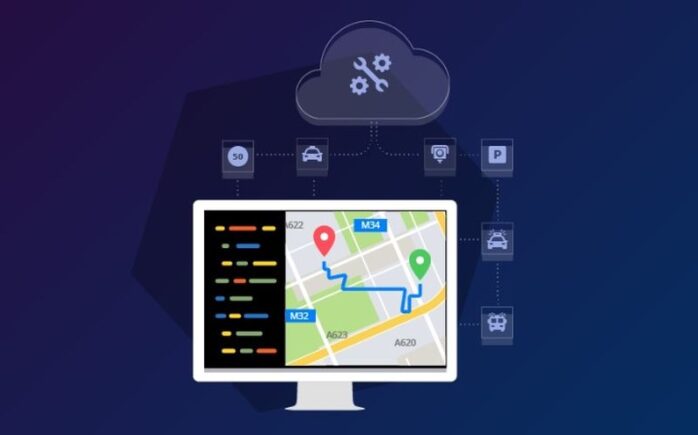
One of the most important aspects of using the Distance Matrix API is optimizing for performance and efficiency. This can be especially important for applications that require frequent API requests or that have a large user base.
One way to optimize performance is by reducing the number of API requests needed. This can be done through techniques such as caching API responses or using batch requests to retrieve multiple distances or travel times at once.
Another way to optimize performance is by taking advantage of the Distance Matrix API’s advanced features. For example, the API allows you to specify departure times or arrival times, which can provide more accurate travel times and distances based on real-time traffic data.
By optimizing performance and efficiency, you can ensure that your application provides a fast and responsive experience for your users.
Ensuring Reliability and Scalability of Your Distance Matrix API Integration

Finally, it is important to ensure the reliability and scalability of your Distance Matrix API integration. This means taking steps to ensure that your application can handle large amounts of traffic and that the API requests are handled reliably and accurately.
One way to ensure reliability is by using error handling techniques to handle API errors and failures. This may involve retrying failed requests, providing error messages to users, or using backup APIs in case of API downtime.
Choosing the right Distance Matrix API is crucial for businesses that rely on location-based services. Businesses should consider several factors when choosing a Distance Matrix API, including the accuracy of the data, the pricing plan, the level of customization available, the API’s speed, the ease of integration, and the level of support provided. By evaluating these factors and comparing the pros and cons of popular Distance Matrix APIs, businesses can select an API that meets their specific needs and budget.

